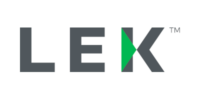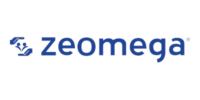NEJM November 14, 2018
The emerging role of Medicare Advantage, the private-plan alternative to traditional Medicare, is gradually changing the Medicare program in ways that have important implications for beneficiaries, providers, and spending. Fueled by policy changes adopted by both Democrats and Republicans, enrollment in Medicare Advantage plans has more than tripled since 2005, from approximately 6 million to 20 million beneficiaries. Between 2018 and 2028, Medicare Advantage enrollment is projected to rise from 34% to 42% of the Medicare population (Figure 1). At the same time, federal spending on behalf of Medicare Advantage enrollees is projected to grow from approximately $200 billion to more than $580 billion (not including additional Medicare spending associated with coverage of prescription drugs under Medicare Part D).1







